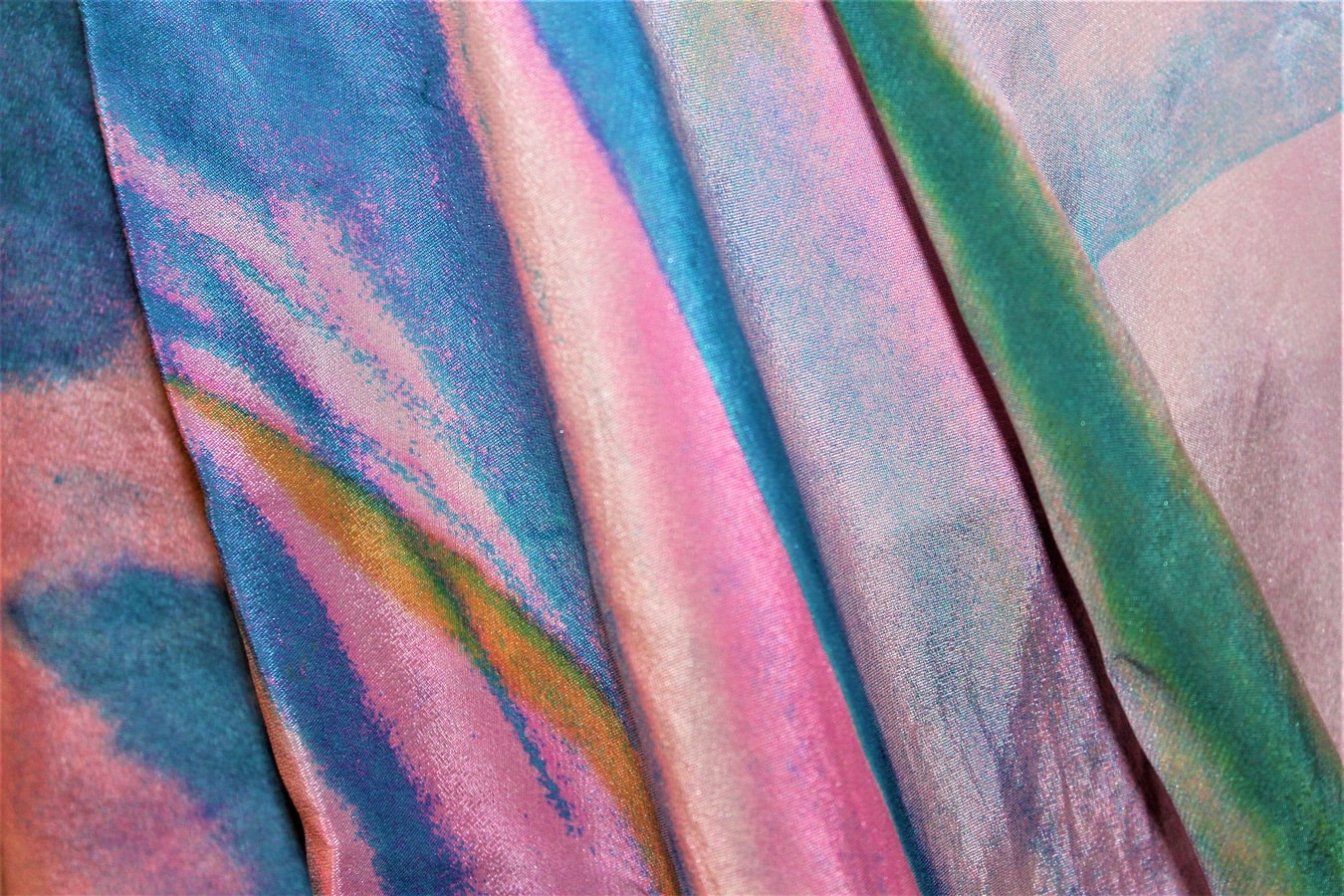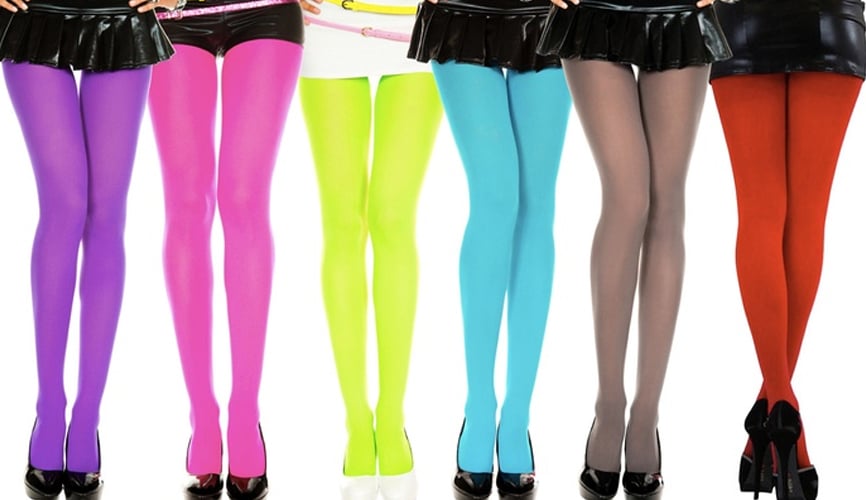It is quite complicated to pick the fabric that your clothing will be made of. The market is filled with all possible variants and fabric blends so that we get easily confused.
One of the most frequent issues is how to choose between polyester and nylon.
Well, today we will try to clarify it once and for all.
Meet Nylon! A Brief Overwiev
Nylon is a fully-artificial material that is produced of monomers extracted from crude oil also known as petroleum. The manufacturing process goes through several stages including the acidic reactions and stretching tests to increase the fabric’s elasticity and strength.
But don’t mistake it to elastane as many people do! Elastane is also synthetic, but it is more durable, exceptionally elastic, tear-resistant, and returns to the initial shape after stretching. It’s used in sportswear and swimwear, corsetry, and anything that requires permanent elasticity.
Originally, nylon was used in WWII for making parachutes, but during the post-war years, people found it usable for sewing dresses and other garments.
However, pretty soon it was discovered than nylon had several quite bad issues, for instance, the material had a tendency to runs and tears, and besides, its liquid-absorbing abilities were also poor.
Nowadays it is mostly used for women’s underwear and tights, yoga pants, and fitting bottoms. As for the sportswear, nylon didn’t show itself well enough. Owners often complain that nylon is quite unable to wick moisture that turns it into a bad choice for serious physical training.
Is Polyester Different?
Polyester is also synthetic, and basically it’s a general name for any material with polyester yarn.
The way the material is produced makes it a kind of plastic in fact. Because of that, rather than polyester, consumers often prefer natural cotton instead of polyester that is way more breathable, softer, absorbent, and sustainable compared to the artificial counterpart. One more beneficial ability of cotton fibers is that they are cool, that is why this material perfect for a hot summer day.

Thanks to its origin, polyester has several significant features:
- it’s very durable
- It’s shrinking and stretching-resistant
- Polyester doesn’t wrinkle and stands abrasions
- It’s very light
- It’s easy to maintain
Because of those reasons, polyester is one of the popular fabrics for outdoor outfits.
Because of those reasons, polyester is one of the popular fabrics for outdoor outfits.
Consumers especially praise its ability to keep the shape and return back to the initial form and size no matter how we stretch or wring the material. It was the low predisposition of polyester to stretching that made it the number one material for sportsmen.
Nylon VS Polyester. A Closer Look At Both Fabrics

Each of these materials has specifics and nuances. Nylon is softer and pleasant to the skin whereas polyester is meant for outdoor garments. Besides, it is stronger and possesses greater stretchability.
On the other hand, polyester dries faster and absorbs colors way better.
So which one is the best? We offer you to check out the comparative chart.
[table id=36 /]
None of these fabrics can be called the best once since they were originally meant for completely different purposes. Besides, today due to the development of chemistry and clothing manufacturing, even harsh polyester can be the same smooth as the top-quality nylon.
[wp-faq-schema title=”Frequently Asked Questions”]

Does nylon feel like cotton? Which fabric is best to choose for the dress?
My opinion is that cotton is way better. It’s all-natural and light, and it breathes better than synthetics. As for the feel, I’d say nylon is closer to silk.
Hi! Could someone give me advice, please? Is polyester or nylon more water-resistant?
Polyester repels water better than nylon. The more threads it has the more resistant the item will be.
Is Nylon more expensive than polyester? I want to sew a dress but I don’t know how much each material will cost.
Nylon is more expensive because its production is more complicated.
What dries faster polyester or nylon? What material is better for the hiking jacket?
Hi! I’d say polyester is better since it dries faster.
I noticed polyester items have quite an unpleasant odor. Does nylon stink like polyester? Did anyone have that issue, too?
No, it doesn’t have that smell because polyester tends to pick odors easily and keep them. And nylon doesn’t do that.
Is Nylon good for outdoors? I’ll be super grateful for any suggestions!
I’d say it is definitely good! It dries fast, it’s mold and mildew-resistant, it’s light, and even a bit UV-resistant. Besides, it’s easily washed.
All benefits!
Can someone tell me for sure: is 100% polyester breathable?
I can. It is breathable, even if it’s not pure.